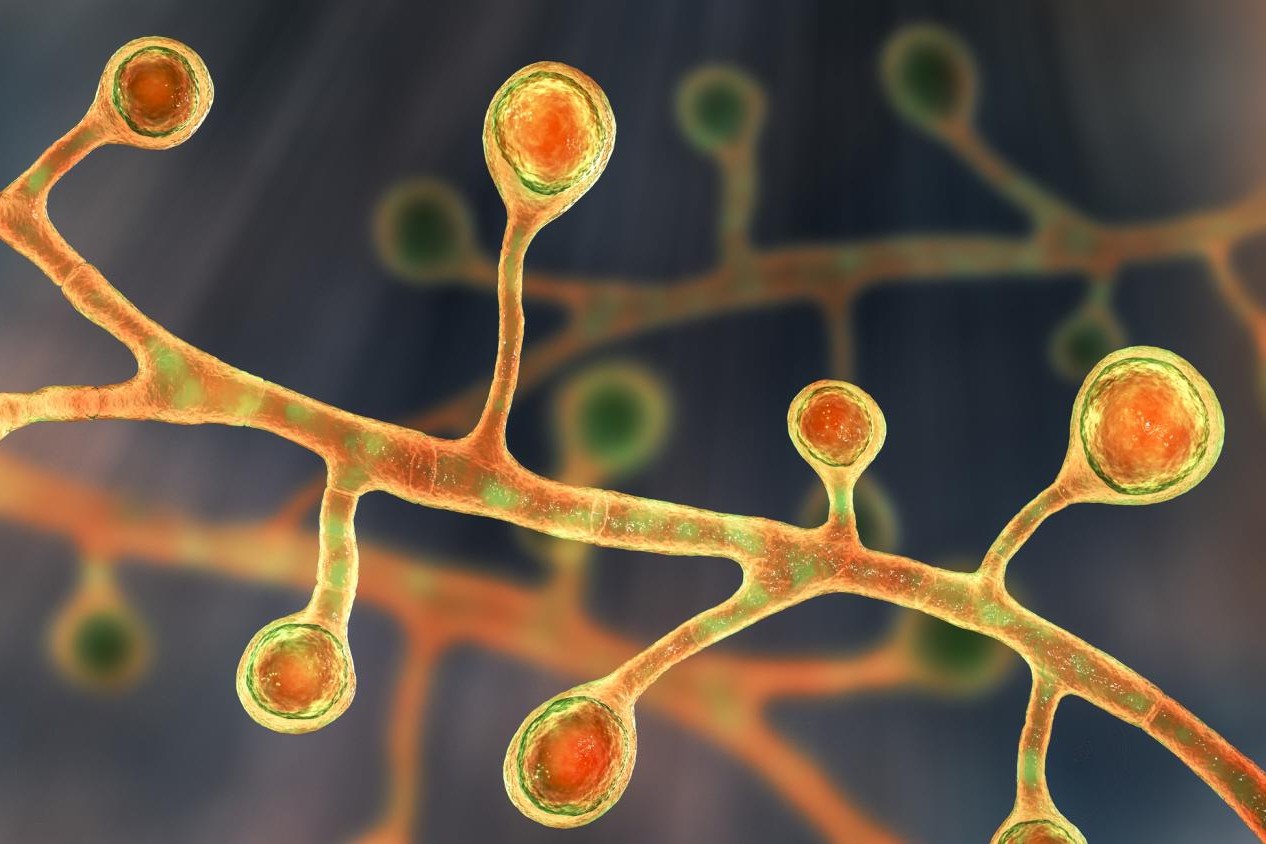
Fungi are more than just mushrooms on your pizza or mold on old bread. These fascinating organisms play crucial roles in our ecosystem, medicine, and even food production. Did you know that fungi are more closely related to animals than plants? They can be found almost everywhere on Earth, from deep ocean floors to the highest mountain peaks. Some fungi glow in the dark, while others can survive extreme conditions like radiation. Fungal networks underground, known as mycelium, help plants communicate and share nutrients. Without fungi, our world would be a very different place. Ready to learn more? Let's dive into 26 amazing facts about fungi!
26 Facts about Fungal Infections
Fungal infections might sound scary, but they are more common than you think. These infections can affect anyone, from athletes to office workers. Let's dive into some fascinating facts about fungal infections.
What Are Fungal Infections?
Fungi are everywhere, from the soil to the air. Some fungi can cause infections in humans. These infections can range from mild to severe.
-
Fungi are a kingdom of their own. They are neither plants nor animals. They have their own unique characteristics.
-
Athlete's foot is a common fungal infection. It affects the skin on the feet, causing itching and burning.
-
Yeast infections are caused by Candida. This type of fungus can affect various parts of the body, including the mouth and genitals.
-
Ringworm isn't caused by a worm. It's a fungal infection that creates a ring-shaped rash on the skin.
-
Fungal infections can affect nails. This condition is called onychomycosis and can make nails thick and discolored.
How Do Fungal Infections Spread?
Fungi can spread in various ways. Understanding how they spread can help prevent infections.
-
Fungi thrive in warm, moist environments. Places like locker rooms and public showers are common breeding grounds.
-
Direct contact can spread fungi. Touching an infected person or animal can transfer the fungi to your skin.
-
Fungi can live on surfaces. They can survive on towels, clothing, and floors, making it easy to pick up an infection.
-
Spores can be airborne. Some fungi release spores into the air, which can be inhaled and cause respiratory infections.
-
Weakened immune systems are more vulnerable. People with weakened immune systems are more likely to get fungal infections.
Symptoms of Fungal Infections
Recognizing the symptoms of fungal infections can lead to early treatment and better outcomes.
-
Itching is a common symptom. Many fungal infections cause intense itching.
-
Red, scaly skin can indicate a fungal infection. This is often seen in conditions like ringworm and athlete's foot.
-
Blisters and sores may develop. Some fungal infections cause painful blisters or open sores.
-
Thickened, discolored nails are a sign. Nail infections can make nails look yellow or brown and become brittle.
-
White patches in the mouth can be a sign of thrush. This is a type of yeast infection that affects the mouth.
Treatment Options for Fungal Infections
Treating fungal infections often involves medications and lifestyle changes. Here are some common treatments.
-
Antifungal creams are widely used. These creams can be applied directly to the affected area to kill the fungus.
-
Oral antifungal medications may be necessary. For more severe infections, doctors may prescribe pills.
-
Keeping the affected area dry helps. Fungi thrive in moist environments, so keeping the skin dry can aid in treatment.
-
Over-the-counter treatments are available. Many fungal infections can be treated with products you can buy without a prescription.
-
Home remedies can be effective. Some people use natural remedies like tea tree oil or apple cider vinegar.
Preventing Fungal Infections
Prevention is key to avoiding the discomfort and inconvenience of fungal infections. Here are some tips to keep fungi at bay.
-
Wear breathable shoes. Shoes that allow air to circulate can help keep feet dry and less prone to infection.
-
Change socks regularly. Wearing clean, dry socks can prevent fungi from growing.
-
Avoid walking barefoot in public places. Use flip-flops or shower shoes in locker rooms and public showers.
-
Keep skin clean and dry. Regular bathing and thorough drying can prevent fungal growth.
-
Don't share personal items. Sharing towels, shoes, or clothing can spread fungi from person to person.
-
Boost your immune system. A healthy diet and regular exercise can strengthen your immune system, making you less susceptible to infections.
Fungi: Nature's Hidden Powerhouses
Fungi are more than just mushrooms on your pizza. These organisms play a vital role in our ecosystem. They help decompose organic matter, recycle nutrients, and even form symbiotic relationships with plants. Without fungi, forests would be buried in leaf litter, and plants would struggle to get nutrients.
Fungi also have medical uses. Penicillin, a groundbreaking antibiotic, comes from a mold. Other fungi are used in making medicines that lower cholesterol or suppress the immune system during organ transplants.
In food and drink, fungi are indispensable. Yeast, a type of fungus, is essential for baking bread and brewing beer. Certain cheeses owe their unique flavors to fungal cultures.
Understanding fungi helps us appreciate their importance. These often-overlooked organisms are crucial for life on Earth, making them true hidden powerhouses.
Was this page helpful?
Our commitment to delivering trustworthy and engaging content is at the heart of what we do. Each fact on our site is contributed by real users like you, bringing a wealth of diverse insights and information. To ensure the highest standards of accuracy and reliability, our dedicated editors meticulously review each submission. This process guarantees that the facts we share are not only fascinating but also credible. Trust in our commitment to quality and authenticity as you explore and learn with us.
